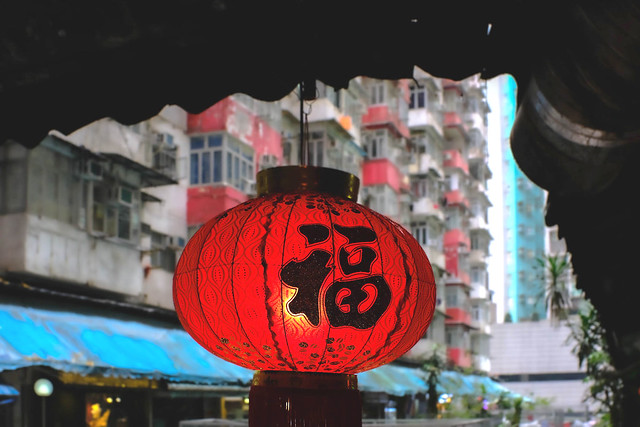I am doing a very brief audio piece tomorrow. It will be part of a podcast. Fear not, I have no aspirations to board the good ship Radio Caroline to do pirate podcasts from the South China Sea. This will be a short interview about photography. I had to pick five themes that attract me about it. One of those will be its value as a record of events, those of historical significance, memorable images that speak to us and need no caption. I have on my book shelf a book that seems to fit that category perfectly. It claims to be a portfolio of Photos that Changed the World.
I had already scribbled down a few of my own examples but I wondered what had made it to the published version. It claims that these images are etched in our minds forever. Now I am not quite old enough to have been around when the first choice of photograph was made – 1906 since you ask – The San Francisco Earthquake. No, I don’t recall this one. Let’s try number two. Child Labour in the United States. No, I don’t recognise that one either and we have already moved ahead to 1908. Ah! Number three – The Wright Brothers’ Airplane. I certainly recognize this one or one similar. And flying changed the world beyond doubt. So I’ll give them a tick for this one.
If I went through each of the 100+ photographs I would probably end up with tendonitis and you would be snoozing gently before we had passed 1920. As I lurch randomly ahead I start to recognise more of the photographs and the photographers who made them. Robert Capa, Death of a Spanish Militiaman; Margaret Bourke-White, Ghandi and the Spinning Wheel, Matthew Zimmermann, Marilyn Monroe; Nick Ut, Napalm Attack.
The problem I have is that I challenge whether these photos really changed anything. By and large the collection is a very fine record of historical events. Perhaps I would be more comfortable if the claim had been less definitive, sensational even. There are images that record moments of world-changing events – a plane hitting the Twin Towers is one. Bombing Hiroshima is another. But Pele at the World Cup? The wedding of Charles and Diana? Woodstock? There is a picture of Muhammad Ali knocking out Sonny Liston immediately following a photograph of the assassination of JFK. Neil Armstrong standing on the moon. And Jeff Widener’s Tank Man precedes the Fall of the Berlin Wall.
One of my debates with myself for the podcast was whether a single image is stronger than film or video. Which is higher impact, a single image of Ali standing over Liston or the beauty of watching him float like a butterfly, sting like a bee? Is the moment in time when Armstrong sets foot on the moon stronger than watching the entire sequence? What resonates more deeply with us, a photo of four perky, clean-cut young Liverpudlian faces or listening to the Beatles music? Why choose Louis Armstrong, The Beatles and Elvis but not The Rolling Stones, Jimi Hendrix or Joan Baez (I can’t be doing with Dylan). I don’t have a simple answer. My personal response differs across the spectrum.
Looking through the collection I came to the conclusion that the strongest photos are probably single moments in war. Sport and politics are simply alter-egos of war. Entertainment is balm for the troubled soul. The problem with sitting here critiquing the selection is if I turn the question on myself and try to choose my own. Whether an event actually changes the world is in itself a problematic framing. When the Berlin Wall came down the last rites were performed for the Cold War and the Soviet Union. Fast forward to 2022 and we find ourselves at risk of a new cold or even hot war in Europe. How much time has to elapse before we can determine the world has changed? Did Martin Luther King’s peaceful protests precede the demise of racism in the USA? How much impact did the Mexico Olympics black power salutes have over time? History, said Mark Twain, doesn’t repeat itself but it often rhymes.
So I do not feel qualified to judge. What is significant to me may not be so to you. Perhaps I am moved as much by sport as I am by war and as much by where I have lived my life. If I said a photo of Aberfan could move me to tears if would mean nothing to most people. Or a photo of the late Nobby Stiles jigging about on the Wembley pitch, his front teeth out, after England won the World Cup in 1966 (the same year as the Aberfan disaster). A photograph of my parents wedding is more important to me than the picture of Raising the Flag at Iwo Jima. They were taken within a few years of one another. Nevertheless I picked out a few photographs for the podcast but to learn which ones, you will have to follow Photography Daily with Neale James. More immediately I need a photograph of my own to end with.
We are close to the lunar new year and everywhere the decorations are out. We are still looking for some tou faa (pear blossom) to decorate the home but hopefully we will find what we need in the next day or so. And in the meantime I wish you a happy new year of the tiger.


